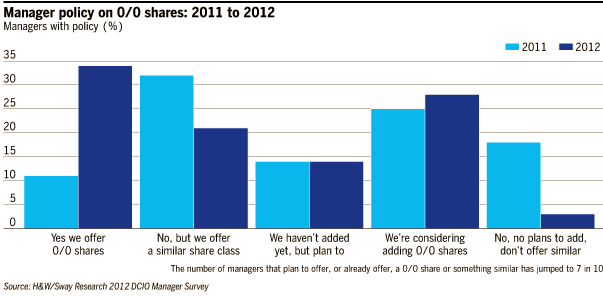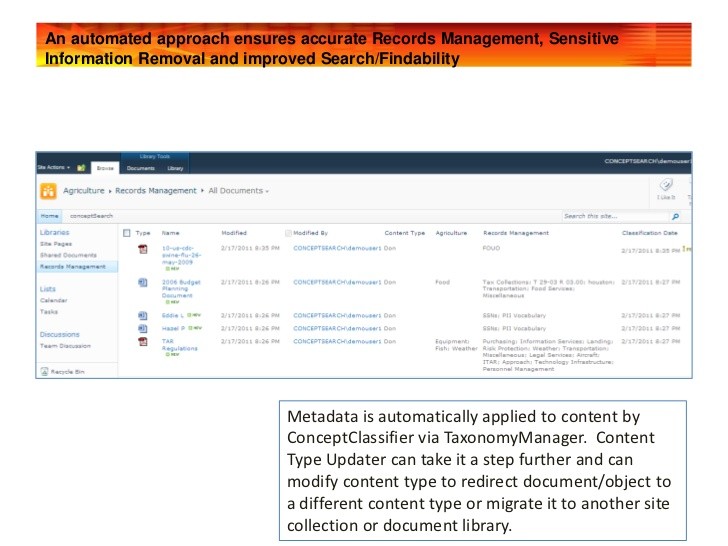Distribution Understanding the Alphabet Soup of Share Classes
Post on: 24 Июль, 2015 No Comment

By Huntington Asset Services, Inc.
March 2014
In today’s complex financial environment, the ABCs of mutual fund share classes are not as easy as 1-2-3. Complex compensation arrangements make navigating fees, and therefore share classes, difficult. This article gives an overview of basic share classes for retail investors and associated compensation arrangements.
Most fund complexes use a variety of fee structures to compensate financial advisors. Historically, investors paid sales loads that compensated intermediaries; however, the trend since 1980 under SEC Rule 12b-1 is for fund complexes to use ongoing 12b-1 fees to compensate advisors selling their funds.
In addition to retail shares, institutional shares are available for large purchases, such as those pooled in an employee benefit plan.
Alphabet Classes: ABCs for Retail Investors
Today, retail investors are typically offered Class A or C shares. Historically, Class B shares were also available. It helps to think of these as front-end, back-end, or level-load funds.
Class A shares are the typical designation for “front-end loads,” which are applied when shares are purchased. The maximum sales charge quoted in the prospectus may be up to 5.75 percent though investors typically pay less. Class A shares may offer discounts, called breakpoints, for larger purchases. Class A shares may also be offered as “load-waived” for certain investors. For larger purchases, which are load-waived due to their size, the fund distributor may pay the financial advisor a finder’s fee. Front-end load shares typically have a 12b-1 fee of .25 percent paid to the broker as a trailing commission (in addition to compensating the broker with the majority of the initial sales charge).
Class B shares typically have “back-end” or contingent deferred sales loads (CDSL), of up to 5.00 percent, if an investor redeems within a certain period of time, such as seven to eight years. The 12b-1 fee is typically 1.00 percent. Back-end load shares usually convert to A shares, which have lower 12b-1 fees, after a period of time. Although there is no up-front sales charge to the investor, the fund company may pay the broker an up-front commission and an ongoing portion of the 12b-1. Due to the conversion feature and investors’ sensitivities to fees, use of this share class has declined significantly.
Class C shares, generally designated for “level loads,” have no front-end or back-end sales charges, but have higher yearly expenses through 12b-1 fees of 1.00 percent. Instead of compensating the broker with a large upfront fee, Class C Shares pay a small initial commission and a larger trailing commission through the entirety of the 12b-1 fee. Class C shares also have a small CDSL (also often 1.00 percent) that shareholders pay if they sell their shares within the first year after purchase.
Which share class is most suitable for an investor depends mainly on his or her time horizon. Shares with high loads and lower 12b-1 annual fees are preferable for long-term investors, while short-term investors would benefit more from lower sales charges and higher ongoing fees.
Institutional Share Classes: Definitely Not as Easy as ABC, 1-2-3, or Even XYZ

Institutional shares, aka “no load” funds, typically designated as Class I shares, have no front-end or back-end load and have 12b-1 fees of 0.25 percent (25 basis points) or less. Institutional shares are reserved for investors making large purchases, including individuals and 401(k) plans since employers are pooling assets across their employee base. No-load share classes have had the most inflows in recent years. Some institutional shares, such as Class Y shares, have no 12b-1 fees. RIAs often use institutional share classes and charge their clients an advisory fee on assets instead.
Retirement shares, historically designated as Class R, are a type of institutional share used in retirement plans. If retail shares are the alphabet soup of shares, retirement shares have become the Scrabble game.
Break Out the Family Dictionary
Fee-sensitive investors and new fee disclosure regulations have created demand for lower-cost options in the retirement market. Many plan sponsors are choosing funds with lower expense ratios and opting instead to pay record-keeping/administration fees. Some asset managers are introducing new, low-cost share classes that are devoid of front-end or back-end sales charges as well as 12b-1 fees. With this creativity in fees, comes creativity in naming convention, for instance K, N and R6 shares. Unlike Class I shares however, not all Class R shares are low-cost. Most mutual fund companies build in 12b-1 fees to cover the costs associated with retirement plan management. And, fees can differ substantially with different subclasses; like R1, R2, and so on.
Beyond the conventional A, B, C, I and R shares, there can be many other share class designations specific to various fund companies. Class Z shares are a special class that is usually restricted to employees of the fund manager that offers the fund.
Different types of intermediaries use different types of share classes for different purposes. Defining your distribution strategy is essential to determining the best share classes to offer (see the “Making Sense of Intermediaries” article). A well-developed strategy will help you spell success.














